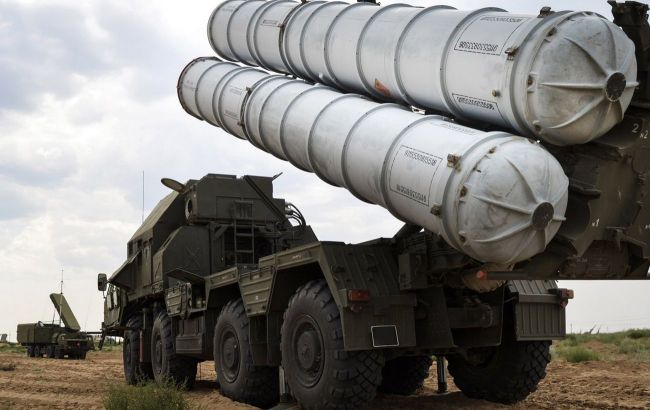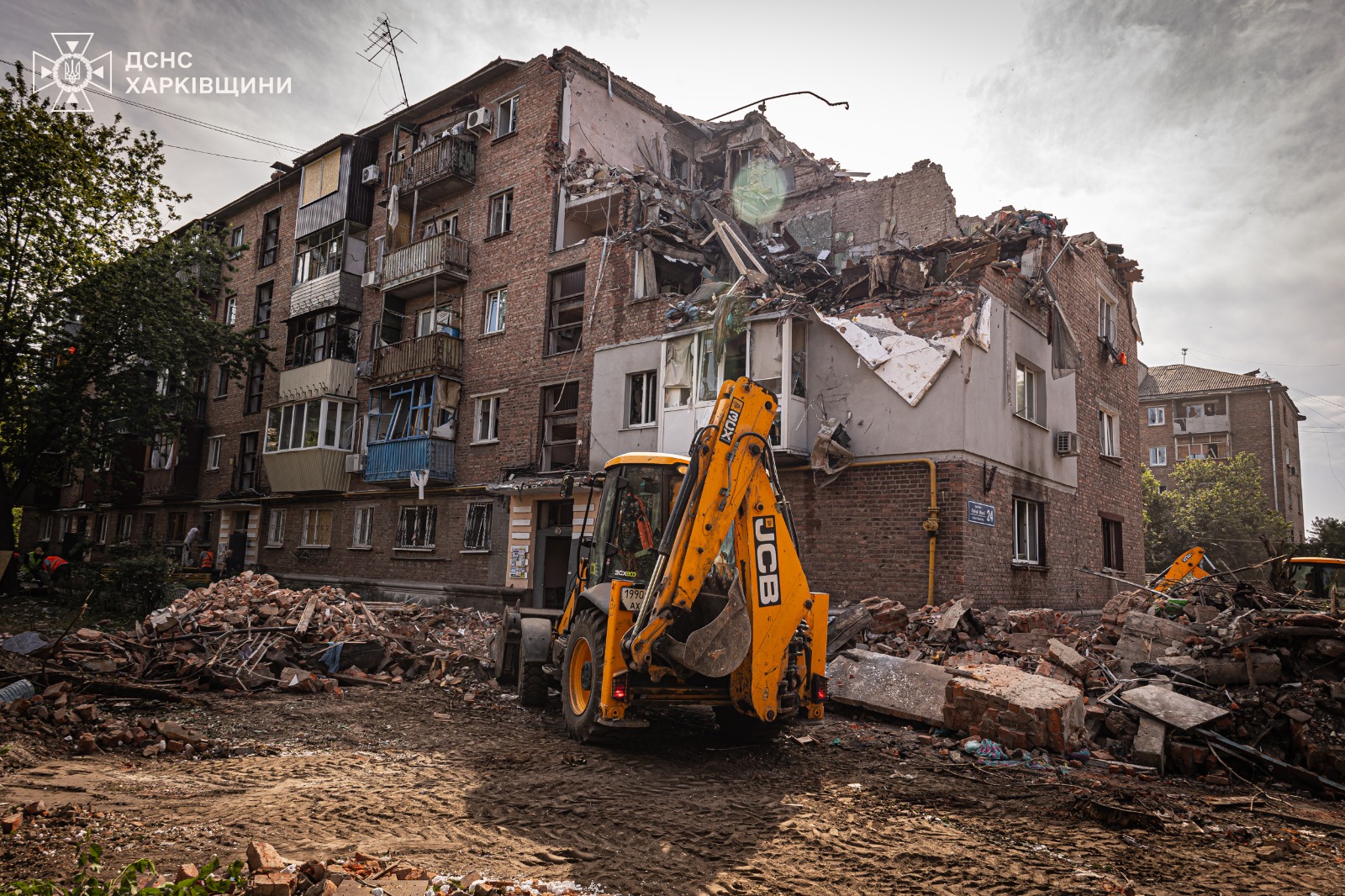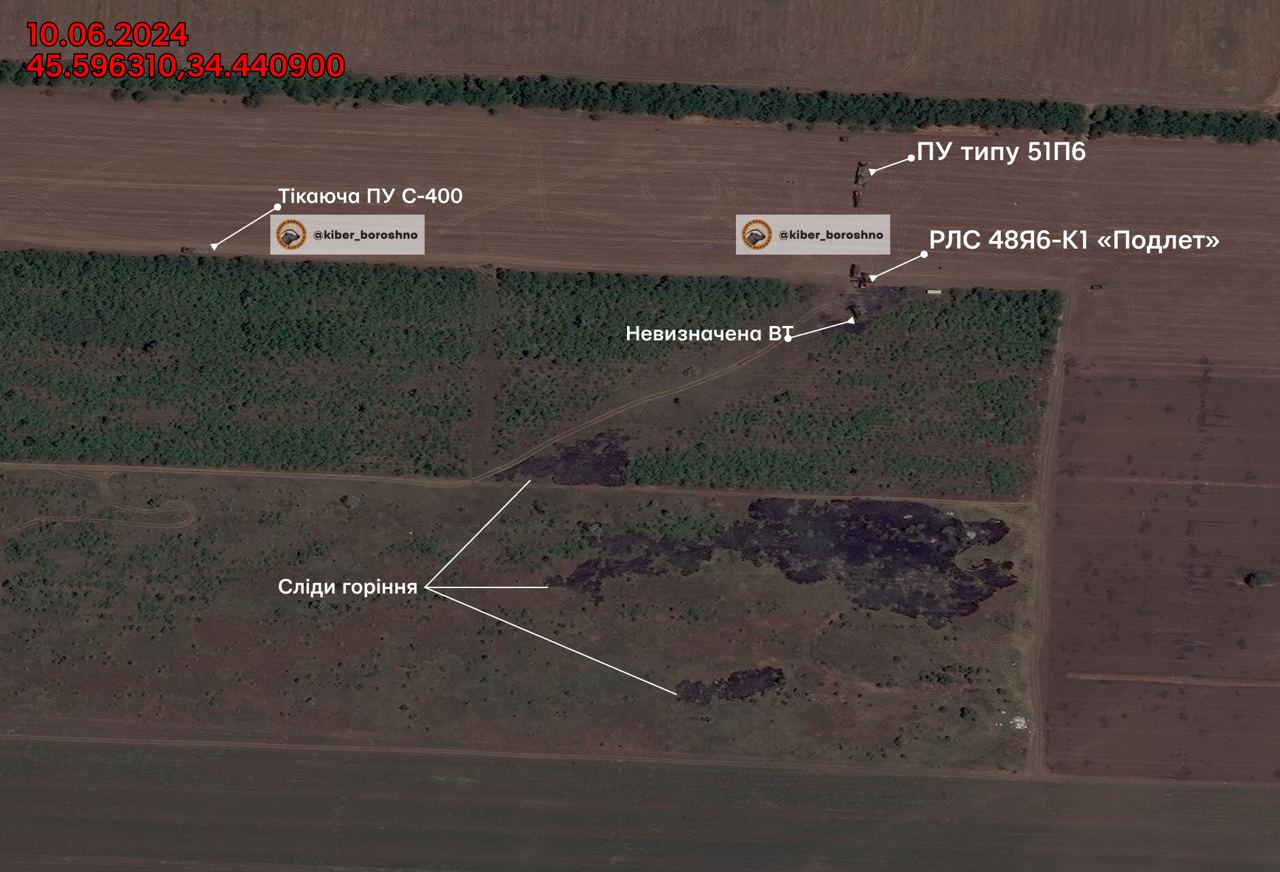Hunting for S-300/S-400: Why Ukraine targets Russian surface-to-air missile systems and the role of F-16s
 Photo: Russia's S-300/S-400 are being targeted by Ukrainian forces more and more frequently (mil.ru)
Photo: Russia's S-300/S-400 are being targeted by Ukrainian forces more and more frequently (mil.ru)
Ukrainian troops are firing on Russian S-300 and S-400 systems more and more frequently. Recently, they have not just limited themselves to units within the occupied territories.
Read more about how Ukraine is destroying Russian surface-to-air missile systems and why it may be a preparation for using Western F-16 fighters.
Contents
- How Russia uses S-300/S-400 for warfare
- How and where Ukraine destroys S-300/S-400
- Why Ukraine strikes at Russian surface-to-air missile systems
How Russia uses S-300/S-400 for warfare
The S-300 surface-to-air missile (SAM) system was designed to cover important targets and combat strategic and tactical aircraft, cruise, and ballistic missiles. Depending on the type of interceptor missile, the range is up to 300 km. The more modern S-400 is likely to shoot down targets at higher altitudes and distances of up to 380 km.
The S-300 was designed to hit ground targets, and its successor inherited this feature. It is believed that the range can be up to 120 and 230 km, respectively.
Russia's full-scale invasion of Ukraine was the first war in history in which surface-to-air missiles were used massively this way. For this purpose, the Russians modified them - instead of a semi-active homing head, a special satellite receiver was installed to make the missile controllable and fly according to coordinates.
As the trajectory is ballistic, S-300 missiles fall at high speed. It takes a few minutes from launch to impact. Patriot and SAMP/T systems can shoot them down. The problem is that the enemy has thousands of missiles, and it is unlikely that Ukraine's air defense systems will be able to shoot down such targets in large numbers.
In the surface-to-surface mode, the S-300 is relatively accurate at a distance of up to 40 km. That is why Russia strikes at frontline cities. For example, Zaporizhzhia, Kostiantynivka, Sloviansk, Kramatorsk, and surrounding towns are regularly shelled. For two years and until recently, Kharkiv has been particularly affected by missile attacks.

Photo: Aftermath of one of the S-300 hits in Kharkiv (facebook.com/DSNSKHARKIV)
As for the new S-400s, if there have been any such cases, they have been the exception. Last year, the Ukrainian Air Force said that the Triumph systems were prioritizing air defense.
Recent news gives hope that the number of strikes on Ukrainian cities will decrease. Over the past month, a “hunting season” for Russian SAMs has opened. And not only in the occupied territories.
How and where Ukraine destroys S-300/S-400
Ukrainian forces have repeatedly hit Russian S-300/S-400 systems before. But since May, such attacks have become more regular. On May 23, a video of a destroyed S-400 was posted online, probably in the area of Mospyne near Donetsk.
According to another version, the S-400 was destroyed even further from the front in the fields between the villages of Stroitel, Obrizne, and Kolosky in the Donetsk region. Another video shows the SAM launching six missiles, after which its position is hit by cluster munitions.
#BREAKING Here's the moment of Russian S-400 battery getting knocked off by Ukrainian ATACMS strikes in Mospyne, Donetsk region.
— Clash Report (@clashreport) May 24, 2024
S-400s tried to shot down ATACMS missiles, but failed. https://t.co/MWY6OxBN2X pic.twitter.com/I7AoJGCMD3
On the night of June 10, powerful explosions rocked several areas of the occupied Crimea. According to the General Staff of the Armed Forces of Ukraine, three divisions were hit at once: one S-400 in Dzhankoi and two S-300s near Chornomorske and Yevpatoria. After the strikes, radars of SAMS in some areas were disabled, meaning the powerful effect of the attack.
Satellite images confirm the hits on at least two positions of enemy SAMs.

Photo: Satellite image of the aftermath of the June 10 attack (t.me/kiber_boroshno)
On June 12, S-300 and S-400 near Belbek and another S-400 near Sevastopol came under attack. Radar stations have been hit, reports say, and ammunition detonated. According to information from the ATESH, Russian air defense units have already been advised to evacuate their families to Russia.
Moreover, it seems that Ukrainian forces are no longer limited to strikes within the occupied territories. Last week, it was reported that either S-300 or S-400 systems were hit in the Belgorod region. There was no official confirmation. Ukraine's Minister of Reintegration Iryna Vereshchuk posted the photo but she later deleted the post.
.jpg)
Photo: Damaged S-300/S-400 in Belgorod region (t.me/dosye_shpiona)
According to analysts at the Institute for the Study of War (ISW), the HIMARS missile system could have destroyed the battery. At this exact time, Ukraine received permission from the United States to strike targets in Russia for self-defense.
According to AP, the Ukrainian forces did indeed strike with American weapons in June. The type, target, and location were not specified. Apparently, the attack on the S-300/S-400 in the Belgorod region was carried out to drive the systems away from Kharkiv. The head of the regional military administration, Oleh Syniehubov, said there became fewer strikes on the city.
Yurii Fedorenko, commander of the Achilles battalion of the 92nd Separate Mechanized Brigade, confirms that the S-300/S-400 systems are currently under fire. According to Konstantyn Nemichev, founder of the Kraken special forces unit, HIMARS already destroyed four S-300 systems that were firing on Kharkiv.
Why Ukraine strikes at Russian surface-to-air missile systems
ISW analysts say the strikes on Russian air defense systems are a campaign to weaken air defense. If it is a success, it will allow Ukraine to use manned aircraft more effectively. The destruction of units in the Belgorod region forced the Russians to relocate air defense systems from Crimea.
The S-300/S-400 is the barrier that limits Ukraine's ability to use aircraft near the front, and it supports the enemy's offensive operations.
As for Crimea, the strikes will show what Ukraine can achieve if it no longer has to fight with its hands tied, The Economist writes. The peninsula as a military base is of great importance to Vladimir Putin. The goal of the extreme attacks is to isolate Crimea to push back air and naval forces and strangle Crimea as a logistics hub.
A deadly combination of ATACMS and drones is allegedly being used for this purpose, the media writes. According to British military expert Lawrence Freedman, by weakening Russia's air defense web, Ukraine is preparing to use the first F-16 fighters, which is expected this summer.
The Institute for the Study of War agrees. According to its latest report, problems with Russian air defense will provide the best conditions for aviation near the front. According to analysts, Ukrainian forces may also be preparing to deploy F-16s to support their ground operations. But only if they receive enough fighters.
Sources: the General Staff of the Armed Forces of Ukraine, a report by the US Institute for the Study of War (ISW), Defense Express portal, Western articles in AP and The Economist.

